
The beginning of any story is, by far, the hardest part. Well, except for that sticky middle pain in the @$$ ACT TWO that goes on FOREVER. Total nightmare not getting stalled there. Then, we need to make sure to knock it out of the park at the END lest readers curse our names for giving them such high hopes only to let them down.
Okay, let’s just say ALL parts of writing a novel are difficult and present unique challenges. Yet, a story beginning is the kindling that starts the fire that (hopefully) makes readers burn through a book like a wildfire through dry field.
For the record, this post IS a bit long BECAUSE I am including examples toward the end. Feel FREE to skim as needed. Just, in the comments, make sure to write how you LOVED every last word for bonus points in the contest.
Yes, I am shameless. Flattery will get you everywhere.
Moving on…
In the Beginning….

Other than a smashing cover, the opening lines of a book are among our strongest selling tools. We WANT potential readers to skim those sample pages or open the front of the book and be rendered helpless.
They simply MUST know what happens next!
Before we begin…
Beginning a new project, novel, story is a lot of fun, but it’s also where too many writers find themselves stuck. This is because, as I just mentioned, we are keenly aware just how important that opening is. It’s also because it can fall under what I call “productive procrastination.”
We keep going back over our opening until it’s perfect, but that is the lie. First, there is no such thing as a perfect beginning. We simply cannot please everyone.
Secondly, we can end up stuck in the quicksand of our opening because we really don’t know what our story is about, so we don’t know what logically should happen next.
Thirdly, maybe we do have a solid idea of what our story is about, but we are afraid of success. If we never finish, we can never fail.
I’ve been writing professionally for over twenty years and have edited literally thousands of works by other authors. Authors of all levels from pre-published newbies to internationally best-selling household names (yes, they need help sometimes, too).
I will grant you, there is a lot of pressure to nail the beginning, but here is a tip from an old pro that might help you loosen up that death grip.
Accept that 99% of the time, your beginning will change.

We can spend valuable writing time camping out on the one section of the book that is most likely to be cut, moved or rewritten altogether. OR we can do more productive activities, like actually finishing.
Now, if you are already churning out polished novels with no problem and your process works like a well-oiled machine? Feel free to ignore me.
If, however, you keep getting in a jam? Try something different and maybe take my advice.
Once you get started, keep moving. Relax and just continue writing until THE END.
What is the worst that can happen? You will have another method that doesn’t work. Big deal. But what if my advice DOES work?
Yes, I know you’re probably going to at least think your beginning sucks. That’s fine. Just envision it as a place-saver. Resist the urge to go make major changes. If you understand story structure, have a good sense of what your story is ABOUT, then press forward. It is a lot harder to revise what doesn’t EXIST.
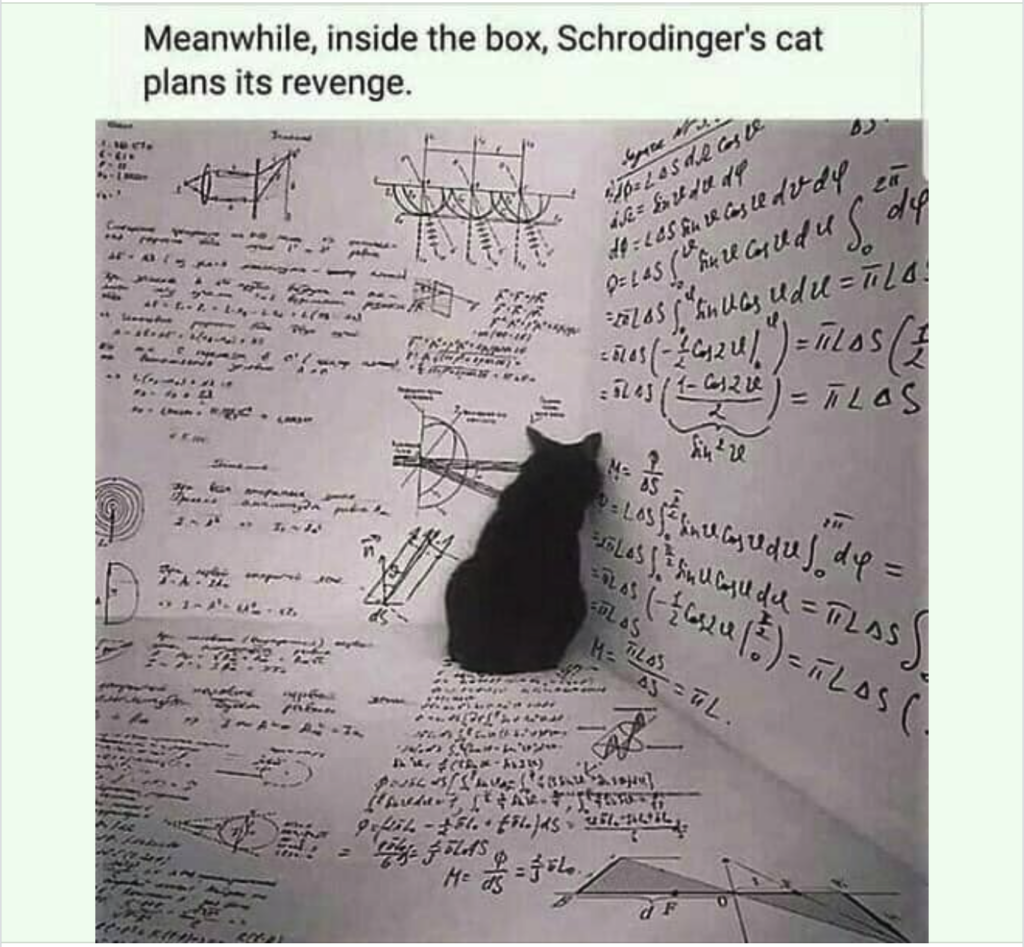
Perfect is the enemy of the good, and it is also the enemy of the FINISHED.
As I’ve said countless times on this blog, no half-finished “perfect” book has ever been a runaway global phenomenon, but plenty of “‘terrible’ but finished books have.”
When we keep moving our prose around, expounding, compressing, adding, removing, we can very literally edit all the life out of a perfectly good story. We also can develop a bad habit for the rest of the book, where we’re condemning ourselves to Revision Hell before we’ve even finished.
With all that out of the way, what are some key elements to excellent openings?
Begin in the Action

If you’ve been writing any amount of time, you might have heard the term in medias res. This can be a bit confusing, because many instructors/editors will also toss around phrases like, “Start in the action.”
This confused me for YEARS when I was a n00b.
Okay, so I added in terrorist and a bomb and a car chase, which is kinda weird since I’m writing a Women’s Fiction…
When we say to “begin in the action,” we mean dramatic action. When it comes to a modern audience, I would venture to say we have ONE minute to capture attention. We have about three sentences, a paragraph MAX.
Yes, we (readers) have the attention span of an ADHD goldfish with a closed head injury. But there is a lot more than we are some spoiled generation who can choose from a billion titles.
Not much more, but at least a little.
In Medias Res & Dramatic Action

First, there is a difference between “bad things happening” and “dramatic action.” When I teach I give this example.
Let’s say I drive down I-20 (interstate that runs east and west in Texas and across the U.S.). Traffic slows. A car accident. Like everyone else, I look to see what happened. Oh no, a fatality. There are emergency vehicles everywhere and a minivan on its side and there is an American flag sticker and a family of stick people on the back window.
And there are tarps. One adult-sized form, two little forms and a tiny form are all laid out under blue tarps. Judging by the sticker, Dad and the dog are about to have the worst day of their lives.
Am I saddened? Unless I am a total psychopath, sure.
Now…
I am at the grocery story and there is a frazzled woman in front of me. She has two young kids and a toddler, and she is rushing because her husband is coming home from deployment and she’s throwing a surprise party.
I chit-chat while making goofy faces at the littlest. Maybe I creatively distract the other two from the candy so she can check out. I tell her to take her time and breathe. Since I only have a couple things, it takes only a minute and I see her in the parking lot juggling the kids and the basket which I offer to return for her.
On the way to return HER basket, I remember that, in all the chit-chat, I forgot one of my bags. So, I run inside and wave good-bye as her mini-van pulls out of the parking lot.
Fifteen minutes or so passes and I am now on I-20.
Same backup…but is it the SAME ACCIDENT?
I ONLY spent a handful of minutes with this woman and her three kids, but I KNOW that mini-van, and recognize the American flag bumper sticker and the little family of stick figures.
I am not only affected, I am possibly inconsolable.

THIS is the magic that “Normal World” can create for your story. We “hook” with a problem. In my made-up scenario, the woman is in a hurry. Her PROBLEM (action) is she WANTS to be setting up the party BUT she has too much to do and is running late. And, if I (the author) am introducing her, then readers are trained to sense something BAD is likely to happen.
***Psst, this is called “dramatic tension.”
I might not even give the names of this mom and her little ones, but they matter far more (emotionally) than had I started too soon in the action (on the highway). Yes, I needed to get close (the store) but not too close. I began in dramatic action.
When we take too long, we risk boring readers and fail to hook them enough for a sale, let alone a read (or review). If we go too quickly, then there is no chance for the reader to CARE. We’re imbibing in dramatic action’s inbred third cousin, melodrama.
Be careful with melodrama. Invite it in and, before you know it, it drinks all the good whiskey and falls into a coma…only for its identical twin to move in, fake a pregnancy, and plan on stealing your romantic partner.
Be Creative with Your Beginnings

For the record, I HAVE been new. I’m still learning all the time and it’s easy for me to fall into old habits. It is natural for us to start a story in a place where we begin every day.
Waking up.
Someone being awoken from sleep in the beginning of a novel is not per se forbidden. It’s just low-hanging fruit. Figure out WHAT your story is ABOUT then get as close to the problem as possible.
I strongly recommend all authors have a log-line. HERE is how to create one. In a log-line, you will be able to tell anyone WHAT YOUR BOOK IS ABOUT IN ONE SENTENCE. Have that and WAY easier to write the synopsis. It is also much easier to figure out where in medias res actually is.
We can talk about log-lines more another time.
WHAT Should a Beginning Accomplish?

Other than hooking the reader and hopefully landing a sale? Well, now we have to keep ON HOOKING! And people laugh when I say writers (storytellers) are the TRUE oldest profession *rolling eyes*
An excellent story is WOVEN. Have you ever seen a crocheted blanket where someone has missed a stitch? MORE than one stitch? Stitches ALL OVER? If not, feel free to visit me in Texas. I have loads.
It’s OBVIOUS whenever you drop a stitch.
Same in any textile. Look at fabric for a shirt and we can INSTANTLY spot where a stitch went wonky. Or for a sofa or a decorative pillow.
Same in stories.
We need to hook each and every line to the next and next and next until the reader runs out of pages and suddenly realizes, with a sinking heart…they are finished and out of BOOK.
Oh nooooooo!

BUT, to do this we need to know what are some ideals in the beginning.
- Hook the Reader’s Interest
- Present WHO the MC is (or in certain genres like mystery or thriller, who the OPPOSITION is). Some genres begin with a prologue (check out The Seven Deadly Sins of Prologues), and often the opposition is mentioned in a prologue. By CHAPTER ONE, however, we need to be introduced to the MC.
- Introduce the Big Boss Troublemaker (also known as the CORE antagonist responsible for creating the story problem that will be resolved by Act III).
- Establish what POV the author is writing in (first person, first-close, third person, third-shifting, omniscient, etc.)
- Give us a sense of time and place.
- Set the stakes.
- Offer a sense of the author’s STYLE.
- Render all readers helpless to put our book down…
By now you might be thinking, “That’s all?” while others of you are thinking “THAT is ALL? Why not go for world peace while I am at it, Kristen?”
Yes, that is all (for now) and world peace would make a terribly boring novel.
The Beginning “To Do” EXAMPLE

Since I give a lot of the same examples, we’ll do one that is a little different. One of my ALL-TIME most beloved books is William Peter Blatty’s The Exorcist. Why? It beautifully demonstrates all the elements of a superlative beginning.
I also wanted to use it because horror can get a bad rap, especially when Hollywood gets involved. Because learning that a movie that is infamous for shock value actually is a book that begins with many layers of nuance? Mind…BLOWN.
In fact, nothing particularly “shocking” happens until a third of the way into the novel and yet Blatty is RIVETING.
Prologue Opening:
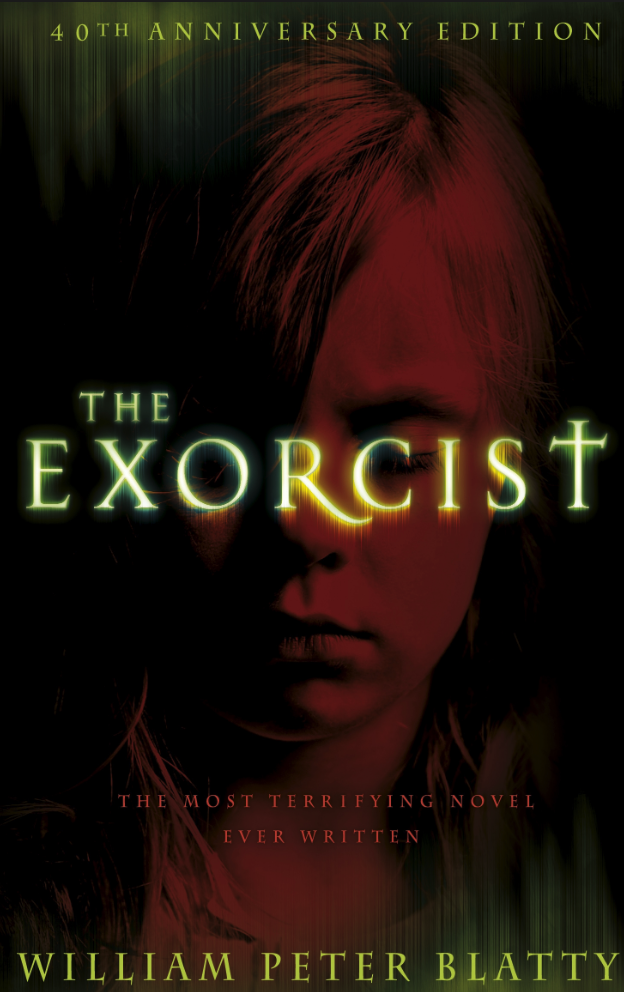
Northern Iraq
The blaze of sun wrung pops of sweat from the old man’s brow, yet he cupped his hands around the glass of hot sweet tee as if to warm them. He could not shake the premonition. It clung to his back, like chill, wet leaves.
If this beginning doesn’t hook at least those who love a good scary story, unsure what will. At this point, there is no gore, no pea soup, no spinning heads…only a sense of impending dread.
WHY? WHAT IS CAUSING THIS FEELING?
The reader will (likely) keep reading because we are inherently nosey and we DO WANT TO KNOW.
Priest and archaeologist, Father Lankaster Merrin (who is AN MC, but not THE MC) will reenter the book later. The reason Merrin is in the prologue (again, check out that blog of how and when to use a prologue) is because Blatty wants us to know Merrin has fought this enemy before (INTRODUCES an MC, the BBT, also gives us a clue about the core story problem).
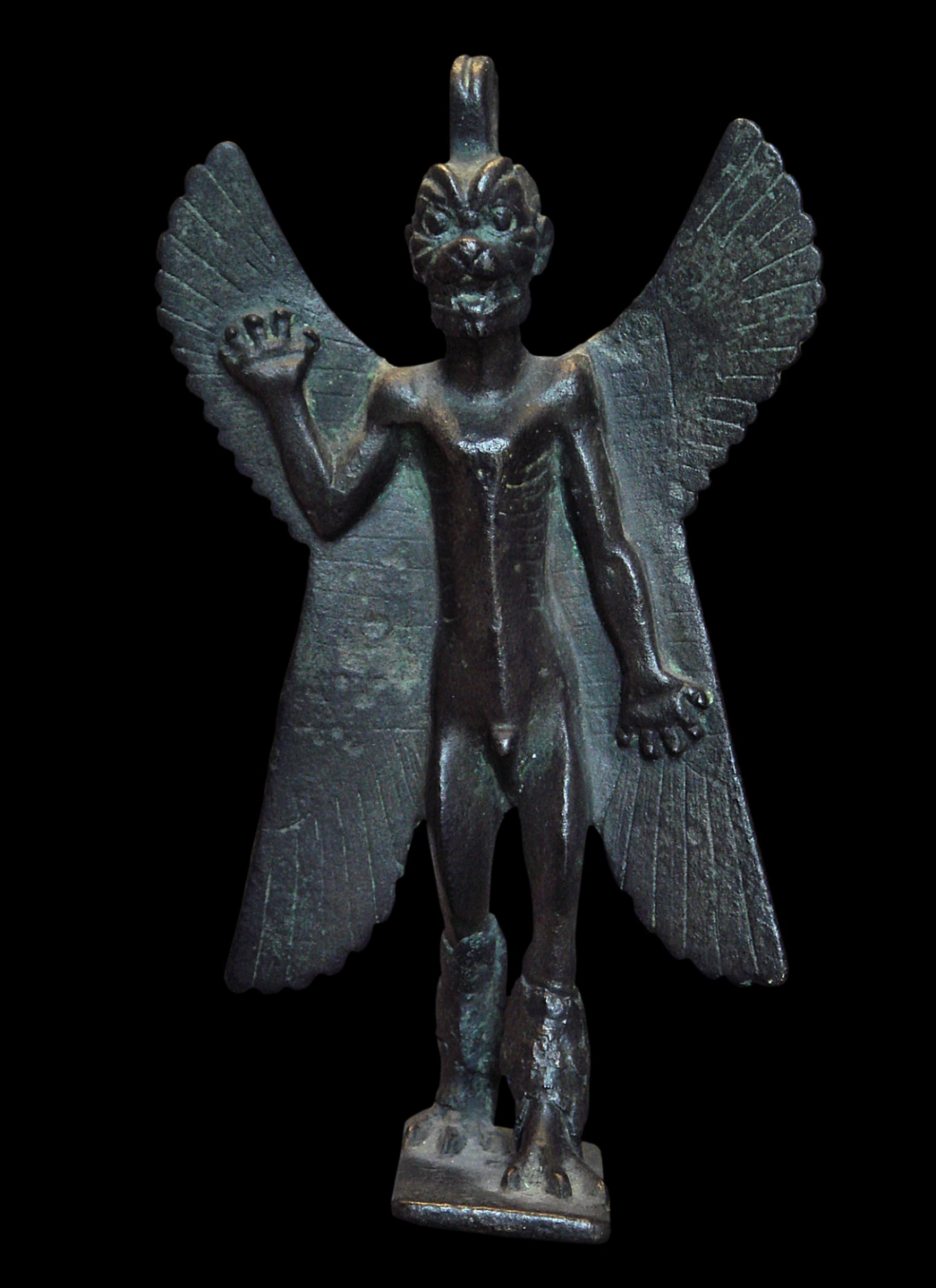
Merrin’s dread is that he senses his old foe (the demon, Pazuzu, has regathered his strength and wants another go at him). Pazuzu is first hinted at via premonition, then when Merrin picks up an ancient amulet of Pazuzu’s head, and finally (notice it is in threes) when he goes out the the dig site and sees the statue of Pazuzu (Demon of the Southwest wind, Ruler of Sickness and Disease).
When Blatty closes out the prologue, a chill wind suddenly kicks up and Merrin notes the wind is from the southwest.
His final sentence in the prologue is:
“He hastened toward Mosul and his train, his heart encased in the icy conviction that soon he would be hunted by an ancient enemy whose face he had never seen, but he knew his name.”
Just WOW! I’m not speaking to those who’d rather play in traffic than read horror (I can’t please everyone). But for everyone else, maybe even people on the fence about the IDEA of reading The Exorcist, you have to admit that is a KNOCK OUT hook!
More Blatty Beginning Beauties

Within two pages, it is clear that Blatty is writing in omniscient POV (GOD has the camera), which is a nightmare of a POV to write without devolving into confusing head-hopping. BUT, Blatty nails it.
Sense of time and place:
The fragrance of licorice plant and tamarisk tugged his gaze to poppied hills, to reeded plains, to the ragged, rock-strewn balsa road that flung itself headlong into dread.
I think he not only paints a stunning picture of a roadside in Northern Iraq, but notice, he STILL puts in that hook.
…to the ragged, rock-strewn balsa road that flung itself headlong into dread.
Using some anthropomorphism with the road, we get even MORE clues signaling DANGER! DANGER! DANGER!
We sense the stakes are not only life and death, but might just extend beyond THS life.
A big thing here, however, is to notice how we get a REALLY clear sense of Blatty’s STYLE right in his beginning. I am a crow when it comes to words and gorgeous prose. Cannot get enough of it. Yet, just because this is what I like, doesn’t mean everyone likes it.
The Old Man & the Sea Beginning

If I could think of any author who might be the furthest from Blatty, immediately Hemingway comes to mind.
Opening Sentence:
He was an old man who fished alone in a skiff in the Gulf Stream and he had gone eighty-four days now without taking a fish. In the first forty days, a boy had been with him. But after forty days without a fish the boy’s parents had told him that the old man was now definitely and finally salao, which is the worst form of unlucky, and the boy had gone at their orders in another boat which caught three good fish the first week.
What do we learn in this beginning?
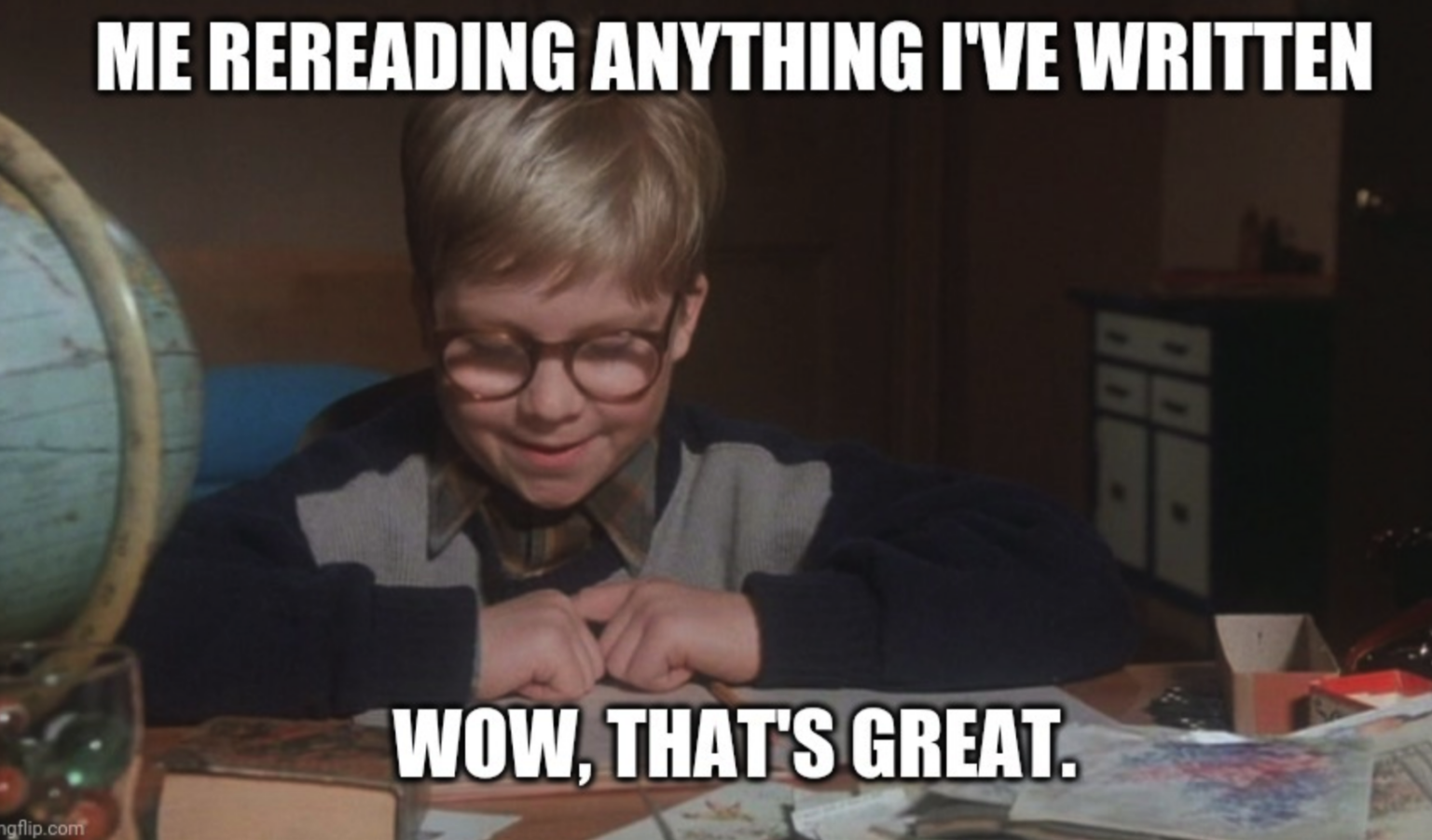
Immediately, there is a PROBLEM. Eighty-four days without catching a fish when one makes a living fishing is, in a word, a PROBLEM. We also see the POV is third-person and can take note that Hemingway is not big on a lot of description.
For readers who aren’t keen on a lot of decoration, Hemingway might be a better fit.
We “get” that the BBT causing the CORE story problem is salao (the worst form of bad luck). Bad luck is represented via a PROXY in the form of…NO FISH.
If the old man catches a fish, he’s no longer salao and would possibly be welcomed back into the small community that has cast him out.
But note just HOW MUCH information we get without all the glittery prose.
The reader is TOLD that the old man wasn’t always alone. He HAD a young boy to help. How long?
Forty days.

For those who might not know, forty is a biblical number that can either represent testing (Jesus fasting in the wilderness before beginning His public ministry) OR it can represent judgement. According to the book of Genesis, when God first judged the Earth, it rained for forty days.
Thus, when it comes to The Old Man and the Sea, within just a little bit of text, we get a LOT. Is the old man in a time of testing OR is he (like his neighbors believe) facing supernatural judgement?
We wonder because when the boy left the old man’s boat, he immediately caught THREE (another biblical number/symbol of the triune nature of God) fish (another symbol of Christianity).
And maybe Hemingway inserted those Biblical symbols and references into the text. OR maybe he left the prose just spare enough so that the book would read differently for every reader.
Maybe another reader with another background would get something totally different, because Hemingway doesn’t strictly spell out what he meant (the way Blatty often did).
For instance, the Chinese have major issues with the number four. It’s often considered unlucky, possibly because it sounds so much like the Cantonese word for death. Between forty, and eighty-four, and ways to divide eighty-four? A LOT OF FOURS. Meaning an Asian reader (not some blonde from the Buckle of the Bible Belt) might get the same sense of dread, but for a wholly different reason.
Begin a Study in Beginnings

T.S. Eliot once said, “Good writers borrow, but great writers steal.” Now this is NOT and invitation to plagiarize, but there IS good news. The wheel works. It has already been invented, so guess what? No need to reinvent the wheel!
There are countless fabulous beginnings, so no need to totally reimagine beginnings as we know them.
Read your favorite beginnings. What hooked you? How? Why? What kept you turning pages? STUDY IT. Then take your favorite elements and create your own. Practice! Remember that attention spans are getting shorter by the day and it is harder than ever to stand apart.
Could I take your opening three sentences and COMPEL a sale?
Would readers be helpless wanting to know more? Cool thing about only three sentences (like the one-sentence log-line) is you can test them on people. Most people are much cooler with hearing an opening 3-5 sentences than committing 12-15 hours to a whole novel.
And you might make a sale!
Did my beginning hook them? Why? Why not?
For the record, I am here to offer guidance, not a straight-jacket. This is a list of the IDEAL elements we’d introduce so y’all have a better understanding of what exactly you need to accomplish in a beginning.
The best writers/stories all check off almost all of that list within at least five pages of the beginning.
We can also do the obverse of this. What beginnings totally STALLED? WHY? Can you fix the opening? What went wrong? Why did you lose interest?
Thoughts on Beginnings?
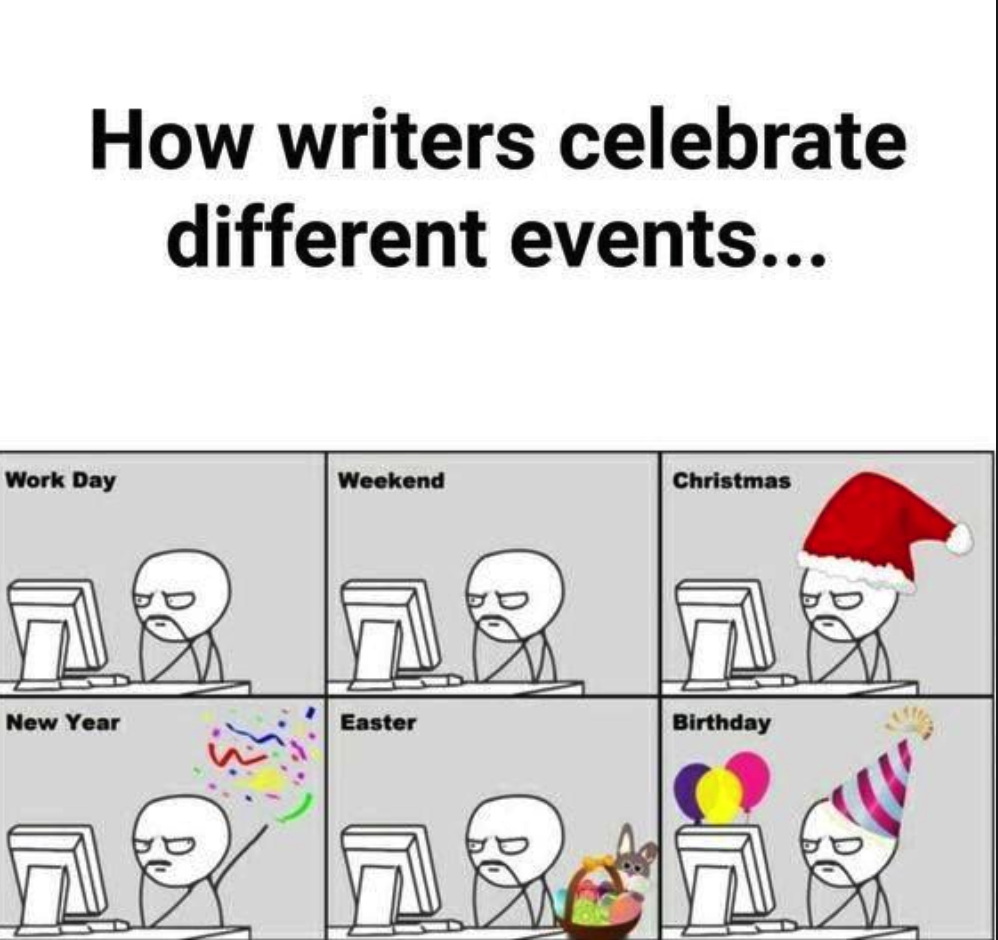
What are some of your favorite beginnings? Why? Have you noticed a pattern among your favorite beginnings? Maybe a pattern among books you left unread?
I LOVE COMMENTS!
To prove it and show my love, for the month of JUNE, everyone who leaves a comment, I will put your name in a hat.
I actually have landed agents for people who’ve won this contest. Agents like me because I make their lives easier.
If you comment and link back to my blog on your blog, you get your name in the hat twice. What do you win?
The unvarnished truth from yours truly (and maybe even time with an agent).
I will pick a winner once a month and it will be a critique of the first 20 pages of your novel, or your query letter, or your synopsis (5 pages or less). People with superlative writing, I (with your permission) have been known to pass you onto an agent.
Anyway, I look forward to reading your comments and your writing!
MAY WINNERS:
Pamela Reece, Lisa Brooks, and Anthony Butler. Since I had a delay (taking care of Mom after her shoulder surgery), I am feeling super generous since y’all were SO GENEROUS with ME!
Please send the first 20 pages (5000 words) to kristen at authorkristenlamb dot com. Put in a Word document, Times New Roman, 12 point font, one-inch margins. Feel free to go a little over if you need to finish a thought, paragraph, chapter. I can always STOP reading. Just don’t get crazy.
The post Set a Story ON FIRE from Beginning to End appeared first on Kristen Lamb.
